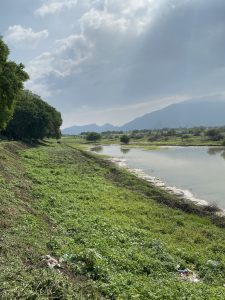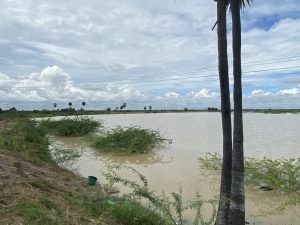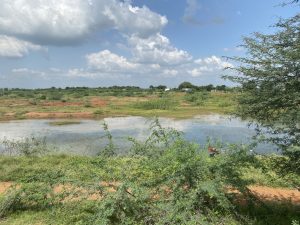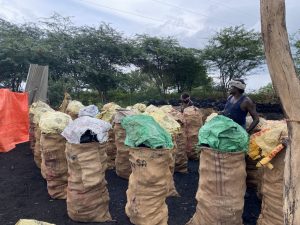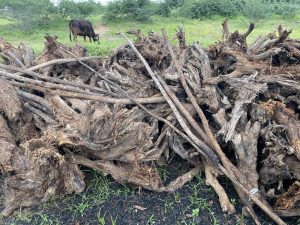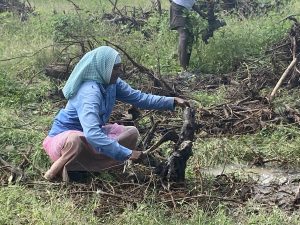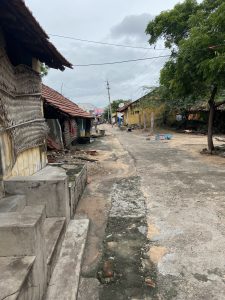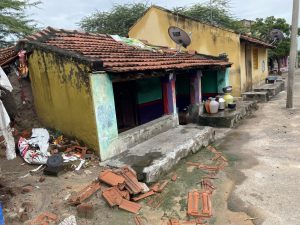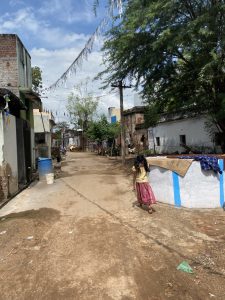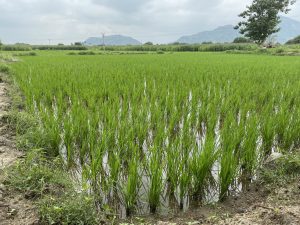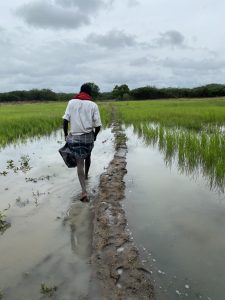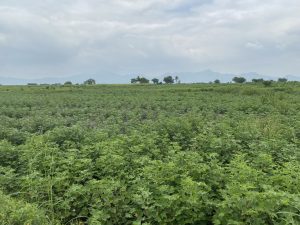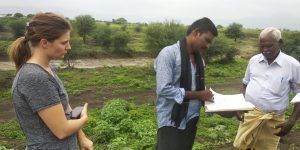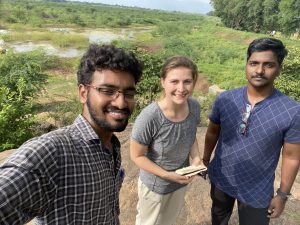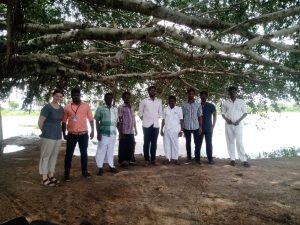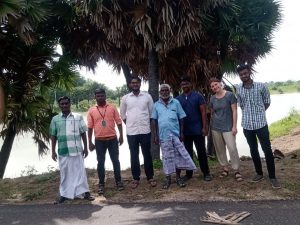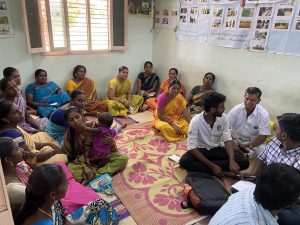Week 3 and 4: Fieldwork planning across the Gundar River Basin
December 16, 2019
Hi everyone,
Fieldwork, well mainly planning, started on Mon. Nov. 25th, 2019 and we wrapped up on Dec. 5th, 2019.
Most readers of this blog likely don’t fully understand what I am doing here in India, so I’ll give a quick rundown. The purpose of this two-week field planning trip is primarily to strengthen relationships with the rural communities and our connections with the DHAN Foundation. DHAN is a grassroots NGO that closely works with the communities on a number of projects, one of which is tank rehabilitation to support improved water management. Their approach is at the community level which is very important because farmers need to personally feel invested in these village level surface water structures to maintain the community level resource. This requires education on the importance of tank rehabilitation as well as assistance to obtain additional funds to make these projects happen, both of which DHAN helps facilitate. Among others, projects include removal of non-native vegetation in reservoir water spread area, strengthening the retaining walls and rebuilding of the sluice gates.
When working in remote rural regions, it is critical to build strong relationships with both the NGOs and also the communities. This is important for any successful field campaign but also critical for me – a researcher less familiar with this landscape- to begin to brainstorm how to approach the science. This could be from the perspective in which the questions are asked or looking into the feasibility of data collection in this region of the world. This would not be possibly without assistance from the DHAN Foundation and for that I am grateful.
After meeting with DHAN for a few hours and making a detailed plan of tanks we could visit, we spent the 10-day field season visiting over 35 tanks across the basin to gain an understanding of their current form and function on the landscape. For this visit, the Northeast monsoon is currently underway, so the tanks contain ‘some’ water. I say ‘some’ because despite this year getting above normal rainfall, they have less water than I expected. While visiting the sample of tanks, the change in crop patterns with respect to tank water availability and the contrast in surface and groundwater management strategies between communities was evident. In addition, a non-native vegetation has been problematic for water resources in this region. The plant has spread into many reservoirs and agricultural lands. While the consensus from the farmers is that the plant drastically reduces water availability compared to the native-tree species, no scientific studies support this. However, this plant also supports the livelihoods of many rural communities for raw wood and charcoal production, so its eradication is not the solution. Over the 35 tank visits, we inventoried the plant and noted where removal has and has not occurred. Moreover, we have been learning firsthand from farmers how tank rehabilitation has changed agriculture in these villages.
The 10-day field season was far beyond successful and led to fruitful conversations and potential field sites for my PhD. I have posted photos with captions for those interested! Also, a huge thank you to my incredible field assistants for making all logistics run smoothly, providing many laughs and just in general, being very cool people to hangout with. I would call you my friends and hope to see you all in May 2020 when I return to India.
This work would not be possible without financial support from the Kimberley Foundation. Thank you so much again for selecting me as the 2019 Hugh Morris Fellow. Students, applications are open to apply for 2020 so I highly recommend it.
Till next time.
Vicky, Naveen, Ram, Sangamithran
Charcoal production from Prosopis Juliflora in the middle of the basin. For several villages, production from this vegetation supports over 50% of the villagers livelihood. In the command areas of the tanks, lack of water (groundwater and monsoon rains) has converted several plots to fallow. In turn Prosopis Juliflora has spread into these regions and is now used for charcoal production.
Typical landscape within the rural villages.
Wet and dry crops in command areas. Left and Middle- Rice, Right- Cotton
Field conversations with farmers at tanks and at farmer meetings.



